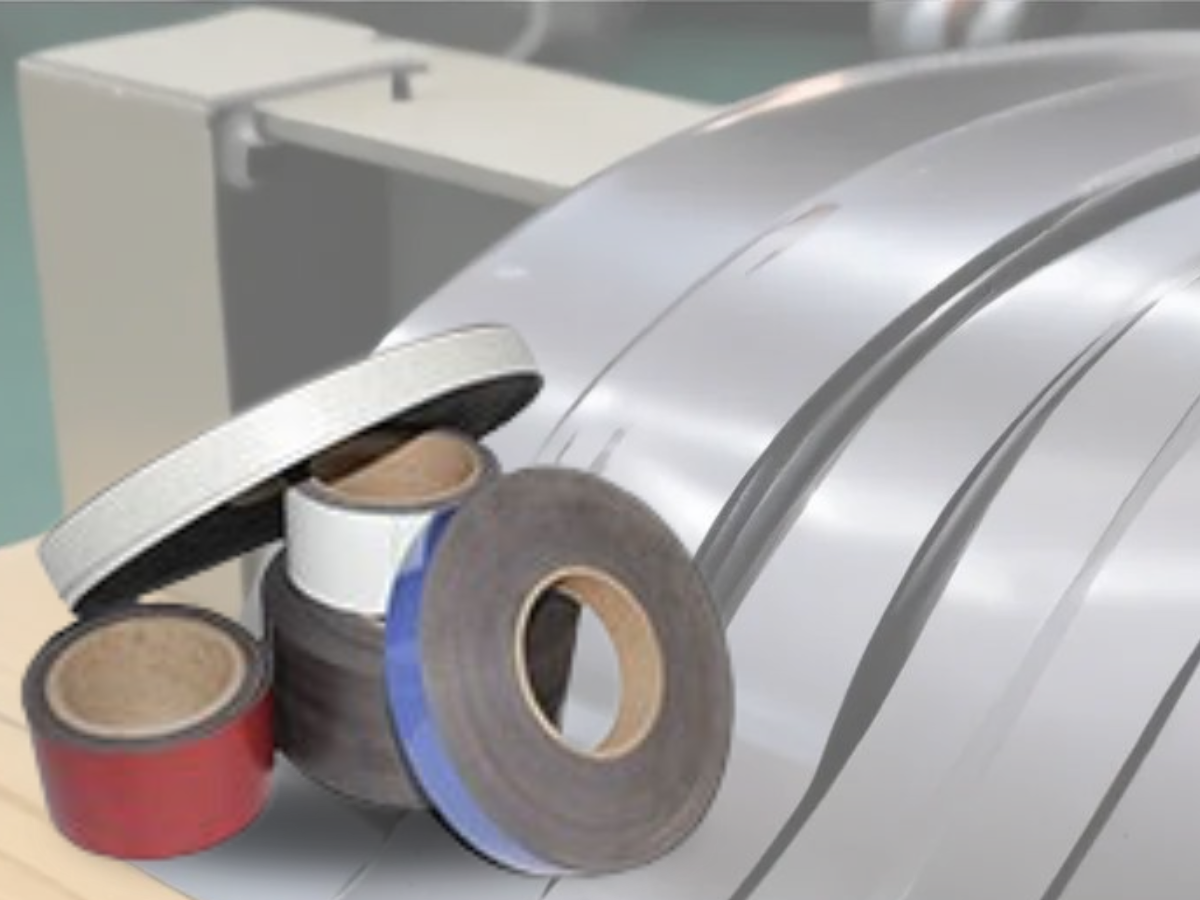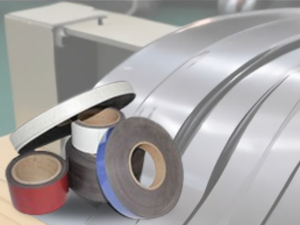

Flexible permanent magnets come with unique properties, making them important for various industries.
From healthcare to automotive, and from consumer electronics to renewable energy, the impact of flexible permanent magnets is profound and far-reaching.
Let’s delve into the uses of these magnets across the industries.
Firstly, let’s understand what flexible permanent magnets are and what makes them so special.
Traditional permanent magnets, like those made from materials such as neodymium or ferrite, are rigid and inflexible. They maintain their magnetic properties but lack versatility in shape and application. Flexible permanent magnets, on the other hand, are made from a blend of magnetic powders and flexible binders, allowing them to be molded into various shapes and sizes without losing their magnetism.
In the healthcare sector, flexible permanent magnets have opened up new possibilities in medical devices and diagnostics. Magnetic resonance imaging (MRI) machines, crucial for diagnosing various medical conditions, utilize powerful magnets.
Flexible permanent magnets offer a lighter, more adaptable alternative. This way, they reduce the weight and cost of MRI machines while maintaining imaging quality.
Additionally, they are being incorporated into wearable medical devices, such as magnetic therapy wraps, providing targeted relief for pain management and rehabilitation.
The automotive industry is another area where the impact of flexible permanent magnets is profound. Electric vehicles (EVs) rely heavily on magnets for their motors and powertrains.
Flexible permanent magnets offer automotive engineers greater flexibility in designing compact and efficient motor systems.
With EVs becoming increasingly popular as a sustainable transportation option, the demand for lightweight and energy-efficient components, including magnets, is on the rise.
Flexible permanent magnets are thus playing a pivotal role in driving the transition towards greener mobility solutions.
Flexible magnetic sheets are thin, bendable materials used in electronics to shield sensitive components from magnetic disturbances. They’re vital for creating small motors and preventing interference that could harm electronic devices.
These sheets play a crucial role in flexible electronics, allowing for the development of devices that can bend and conform to various shapes. Moreover, they’re integral to wearable technology like fitness trackers and smartwatches, enabling comfortable wear and movement.
Additionally, in medical fields, flexible magnetic sheets are used in implantable devices, ensuring they function properly while being safe for the body. Their versatility makes them indispensable in modern electronics and technology.
Flexible permanent magnets also find their uses in the field of renewable energy. They are used in wind turbines and generators.
By optimizing the design of turbine generators with flexible magnets, engineers can enhance energy efficiency and reliability while reducing maintenance costs.
Furthermore, flexible magnets enable the development of lightweight and compact wind turbine systems, making renewable energy more accessible and affordable.
While the benefits of flexible permanent magnets are evident, some challenges need to be addressed.
One such challenge is the optimization of manufacturing processes to scale up production while maintaining quality and cost-effectiveness. Additionally, research is ongoing to further enhance the magnetic properties and durability of flexible magnets for demanding applications.
Looking ahead, the future of flexible permanent magnets seems promising. As technology continues to evolve, we can expect to see even more innovative applications across various industries. From robotics and aerospace to energy storage and beyond, the versatility and adaptability of flexible magnets are poised to drive further advancements and revolutionize industries.
While flexible permanent magnet plays an important role in many industries, make sure to choose the right one for your industrial needs.
Before diving into the world of flexible magnets, it’s essential to understand your specific requirements. Ask yourself:
One of the most critical factors to consider when choosing a flexible permanent magnet is its magnetic strength. This strength is typically measured in Gauss or Tesla. The higher the Gauss or Tesla rating, the stronger the magnetic field. Consider the following:
1. For applications requiring a strong magnetic hold, opt for magnets with higher Gauss ratings.
2. Conversely, for lighter applications or those requiring flexibility, magnets with lower Gauss ratings may suffice.
As the name suggests, flexibility is a key characteristic of flexible permanent magnets. However, not all flexible magnets are created equal. Consider the following factors related to flexibility and durability:
Flexible permanent magnets are often used in conjunction with various substrates, such as metal or plastic surfaces. It’s essential to consider the compatibility of the magnet with the substrate to ensure proper adhesion and performance. Factors to consider include:
Flexible permanent magnets represent a paradigm shift in magnet technology, offering unparalleled flexibility and versatility across diverse industries.
From healthcare and automotive to consumer electronics and renewable energy, the impact of these magnets is transformative.
As we continue to harness the power of flexible permanent magnets, we embark on a journey toward a more sustainable, efficient, and interconnected world.





Do you have a project that requires neodymium magnets? Neodymium magnets are known for their incredible magnetic strength and versatility. However, it still requires you

Flexible permanent magnets come with unique properties, making them important for various industries. From healthcare to automotive, and from consumer electronics to renewable energy, the

Strong rare earth magnets are the strongest type of permanent magnets. Thanks to their incredible magnetic fields compared to other types such as alnico or
Our magnet experts will help you get exactly what you need – custom or stock – in record time with great quality at a very competitive price.
Ⓒ 2022 - All Rights Are Reserved